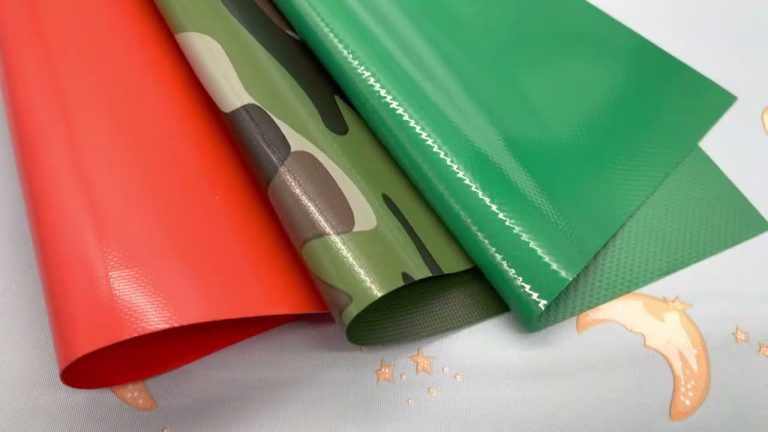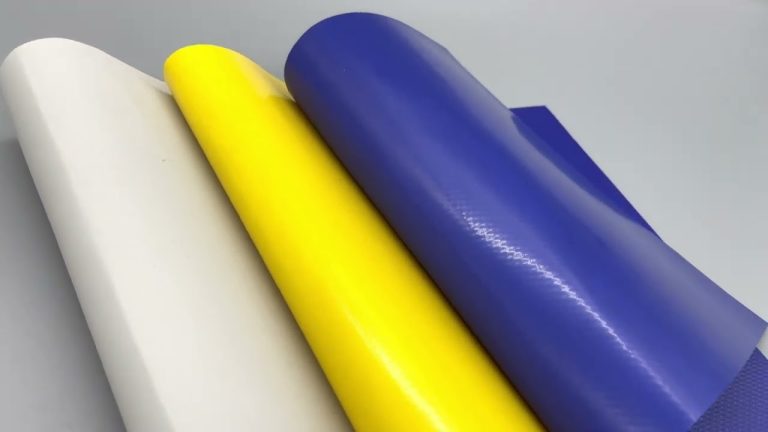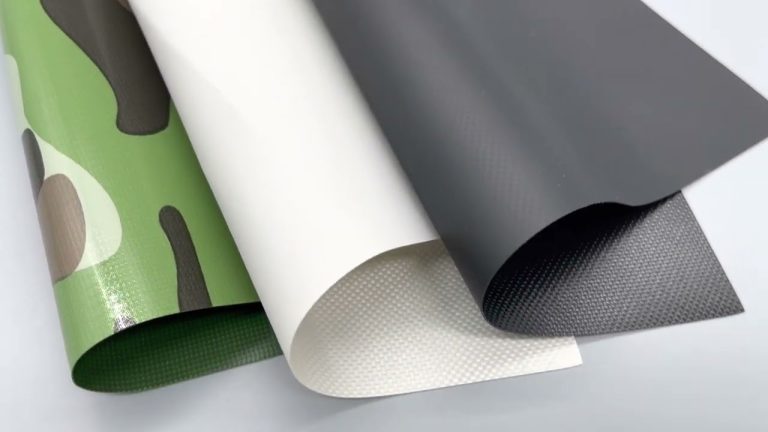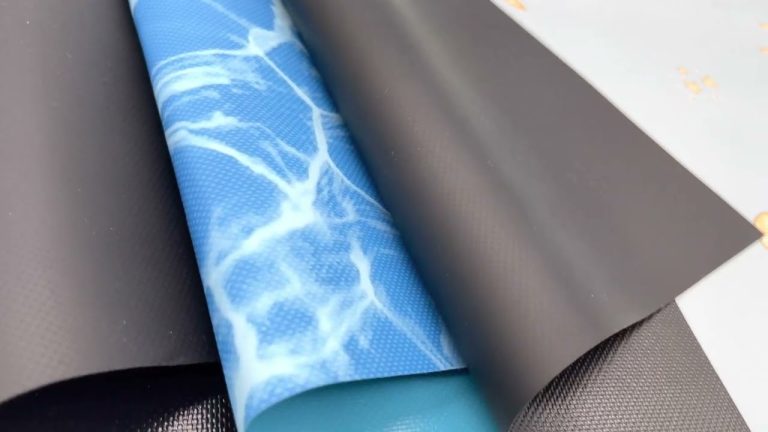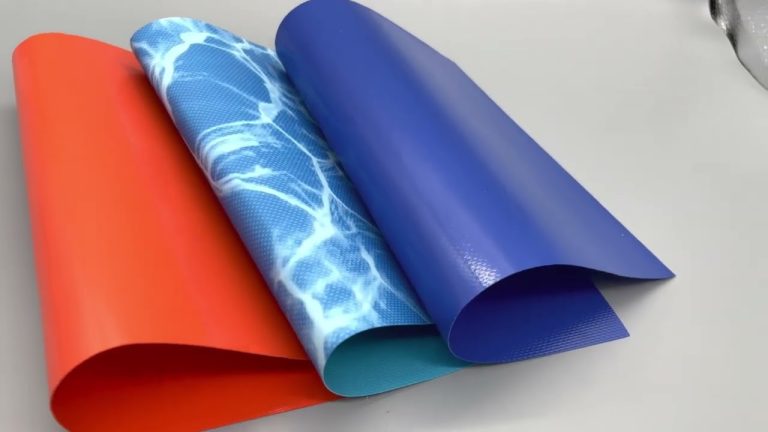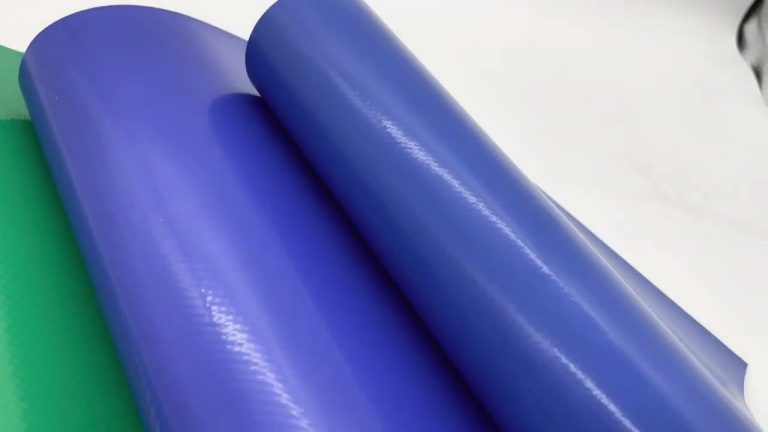SUPER VINYLTARP https://www.vinyltarpaulin.com/shop
Email: dorantsimlw@gmail.com
Please visit our website for more information. You can find links as follows:
https://www.vinyltarpaulin.com/product/pvc-tarpaulin-gym-mat-fabric-1000d1000d-2020-610gsm
https://www.vinyltarpaulin.com/product/pvc-tarpaulin-bag-fabric-1000d1000d-99-610gsm
https://www.vinyltarpaulin.com/product/pvc-tarpaulin-gym-mat-fabric-1000d1000d-2020-650gsmr
Why Choose Tarpaulin Material for Biofloc Fish Tanks?
Tarpaulin is a versatile and widely used fabric material known for its strength, waterproofing properties, and affordability. It is commonly made from polyethylene (PE), PVC, or polyester, with additional coatings or treatments to enhance its durability, UV resistance, and fire resistance. For biofloc fish tanks, tarpaulin offers several key advantages:
- Affordability: Tarpaulin is one of the most cost-effective materials available for covering or constructing fish tanks. It is significantly cheaper than alternative materials like fiberglass or concrete, making it an attractive option for small-scale farmers and start-ups.
- Durability: Tarpaulin is highly durable and can withstand exposure to water, sunlight, and temperature fluctuations. Its robust nature ensures that it remains functional over time, reducing the need for frequent replacements.
- Waterproofing: Waterproof tarpaulin provides an impermeable barrier that prevents leaks, keeping the biofloc system intact and maintaining water quality.
- Lightweight and Flexible: Tarpaulin is lightweight and easy to handle, making it convenient for installation and transportation. Its flexibility allows it to conform to the shape of the tank, whether it’s a traditional pond, a plastic container, or an improvised structure.
- UV Resistance: Many tarpaulins are treated with UV stabilizers to resist sun damage, ensuring that the material remains intact and functional even when exposed to prolonged sunlight.
- Ease of Maintenance: Tarpaulin is easy to clean and maintain, which is essential for maintaining the hygiene and productivity of the biofloc system.
Comparing Tarpaulin Material with Other Options for Biofloc Fish Tanks
While tarpaulin is a popular choice for biofloc fish tanks, it is important to compare it with other materials to understand its suitability. Here’s a brief comparison:
- Concrete Tanks: Concrete tanks are durable and long-lasting but are expensive to construct and maintain. They are also heavy and inflexible, making them less suitable for small-scale or mobile setups.
- Fiberglass Tanks: Fiberglass is lightweight, durable, and resistant to water, but it is also costly and may not be readily available in all regions.
- Plastic Tanks: Plastic containers are affordable and lightweight, but they may not be as durable as tarpaulin and are often limited in size.
- Fabric Tents or Covers: While fabric tents can provide temporary coverage, they may not be as durable or waterproof as tarpaulin.
Tarpaulin offers a balanced combination of affordability, durability, and functionality, making it a practical choice for biofloc fish tanks.
Applications of Tarpaulin in Biofloc Fish Tanks
Tarpaulin material can be used in various ways within a biofloc system, depending on the specific needs and design of the setup. Here are some common applications:
- Tank Covering: Tarpaulin can be used to cover the surface of the fish tank, preventing debris, insects, and other contaminants from entering the water. A covered tank also helps maintain stable water temperatures, which is particularly important in outdoor setups.
- Tank Lining: In cases where the fish tank is constructed using temporary or makeshift structures, tarpaulin can be used as a lining material to create a watertight enclosure. This is especially useful for ponds or ditches that require waterproofing.
- Mobile Tanks: Tarpaulin is ideal for creating mobile biofloc tanks that can be easily transported or reconfigured. For example, farmers can use tarpaulin to construct temporary tanks in different locations to optimize growing conditions.
- Water Collection or Storage: Tarpaulin can be used to create temporary water storage solutions, such as rainwater collection systems, which can then be used to fill the biofloc tanks.
Choosing the Right Tarpaulin for Biofloc Fish Tanks
When selecting tarpaulin material for biofloc fish tanks, it’s important to consider the following factors:
- Material Composition: Tarpaulins can be made from polyethylene (PE), PVC, or polyester. PVC tarpaulins are generally more durable and resistant to UV rays, making them a good choice for outdoor biofloc systems.
- Thickness: Tarpaulins are available in different thicknesses, typically measured in mils or grams per square meter (GSM). Thicker tarpaulins offer greater durability but may be more expensive. For biofloc systems, a medium-thickness tarpaulin (e.g., 500-800 GSM) is usually sufficient.
- Color: Tarpaulins come in various colors, including blue, green, and black. The color choice may depend on aesthetic preferences or specific needs, such as maximizing or minimizing sunlight exposure.
- Waterproofing: Ensure that the tarpaulin is fully waterproof to prevent leaks and maintain the integrity of the biofloc system.
- UV Resistance: For outdoor setups, choose a tarpaulin with UV resistance to ensure it remains functional and intact over time.
- Fire Retardant Option: In some regions, fire-retardant tarpaulins may be required for safety reasons, especially in areas prone to wildfires.
Advantages of Using Tarpaulin in Biofloc Systems
The use of tarpaulin in biofloc fish tanks offers several benefits that contribute to the efficiency and sustainability of the system:
- Cost-Effectiveness: Tarpaulin is significantly cheaper than alternative materials, making it accessible to small-scale farmers and start-ups.
- Ease of Installation: Tarpaulin is lightweight and easy to install, reducing the time and labor required to set up the biofloc system.
- Durability in Harsh Conditions: Tarpaulin can withstand exposure to water, sunlight, and temperature fluctuations, ensuring the longevity of the biofloc system.
- Flexibility: Tarpaulin can be easily adapted to different tank shapes and sizes, making it a versatile solution for various aquaculture needs.
- Environmental Benefits: By using tarpaulin, farmers can reduce their reliance on more resource-intensive materials like concrete or fiberglass, contributing to sustainability.
Challenges and Considerations
While tarpaulin is an excellent material for biofloc fish tanks, it is important to address potential challenges:
- Durability Over Time: Although tarpaulin is durable, it may degrade over time, especially in outdoor setups exposed to prolonged sunlight and moisture. Regular maintenance and periodic replacement may be necessary.
- Grommets and Reinforcements: To ensure long-term functionality, it’s important to choose tarpaulins with reinforced edges and grommets for easy attachment and support.
- Storage and Handling: Tarpaulin must be properly stored and handled to prevent damage, such as tearing or punctures.
The Future of Tarpaulin in Biofloc Aquaculture
As biofloc technology continues to gain popularity, the demand for affordable and durable materials like tarpaulin is expected to grow. Innovations in tarpaulin manufacturing, such as the development of reinforced PVC tarpaulins with enhanced UV resistance and fire retardant properties, will further enhance their suitability for biofloc systems.
Additionally, the integration of tarpaulin with other technologies, such as solar-powered pumps or automated monitoring systems, could improve the efficiency and sustainability of biofloc aquaculture. For example, tarpaulin covers could be used to create greenhouses over biofloc tanks, enhancing temperature control and productivity.
Conclusion
Tarpaulin material stands out as a practical, affordable, and durable solution for biofloc fish tanks. Its waterproof, UV-resistant, and flexible properties make it an ideal choice for aquaculture enthusiasts and professionals seeking to implement efficient and sustainable biofloc systems. Whether for small-scale backyard setups or large commercial operations, tarpaulin offers the functionality and reliability needed to support successful fish farming.
As the aquaculture industry continues to grow, tarpaulin is likely to play an increasingly important role in biofloc technology, providing a cost-effective and versatile material that empowers farmers worldwide to produce high-quality seafood while minimizing environmental impact. With ongoing innovations and advancements, tarpaulin will remain a cornerstone of sustainable aquaculture for years to come.
ulin fabric for biofloc price, 550 gsm tarpaulin vinyl price, coated tarpaulin material, PVC coated tarpaulin material, PVC coated tarpaulin fabric, PVC tarpaulin vinyl 550gsm price, 700 gsm tarpaulin biofloc, vinyl tarp vinyl clear, 650gsm PVC tarpaulin fabric, PVC tarpaulin material vinyl, glass clear 310gsm heavy duty waterproof tarpaulins, PVC tent tarpaulin fabric, biofloc round tarpaulin material, PVC tarpaulin vinyl truck cover, biofloc tank tarpaulin vinyl, PVC coated tarp, PVC tarpaulin fabric clear, biofloc PVC tarpaulin fabric,

